Grace Coleridge Frankland - Bacteria in Daily Life
Grace Coleridge Frankland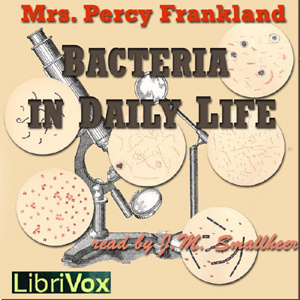
NY Times Book Review April 4, 1903:
Mrs. Frankland's book is a popular presentation in lively style of what the ordinary unscientific person should know of bacteria as they immediately affect daily life. She has managed to invest her subject with astonishing interest and to produce a work that any sane man or woman can read without weariness. Beginning with Latour's discovery of the fact that yeasty fermentation is due to minute vegetable growths, she traces rapidly the development of bacteriological knowledge through the age of Victoria. As a matter of fact the announcement of Latour's discovery and the accession of Victoria to the throne came very close together in the same year.
Following this historical disquisition is a presentation in successive chapters of these subjects: «What We Breathe,» «Sunshine and Life,» «Bacteriology and Water,» «Milk Dangers and Remedies,» «Bacteria and Ice,» and «Poisons and Their Prevention.» The most practical chapter for the householder is that on milk. The most novel and interesting is perhaps that on poisons and their prevention. This chapter deals largely with snake venom, and its revelations are marvelous. Next in practical value to the chapter on milk is that on water. It is satisfactory to find the author assuming that boiled water may be regarded as sterile. Interesting and important also is the fact that an analysis of many natural mineral springs shows them to be nearly free from bacteria. The resistence of bacteria to cold is one of the most striking things set forth in the book, and the destructive power of sunshine is another.
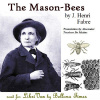
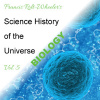

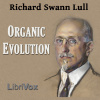
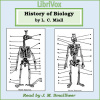

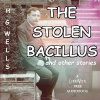


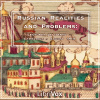

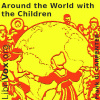
No comments